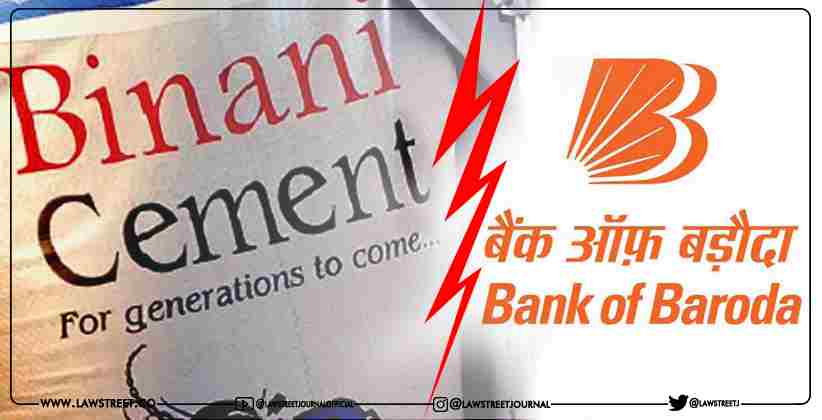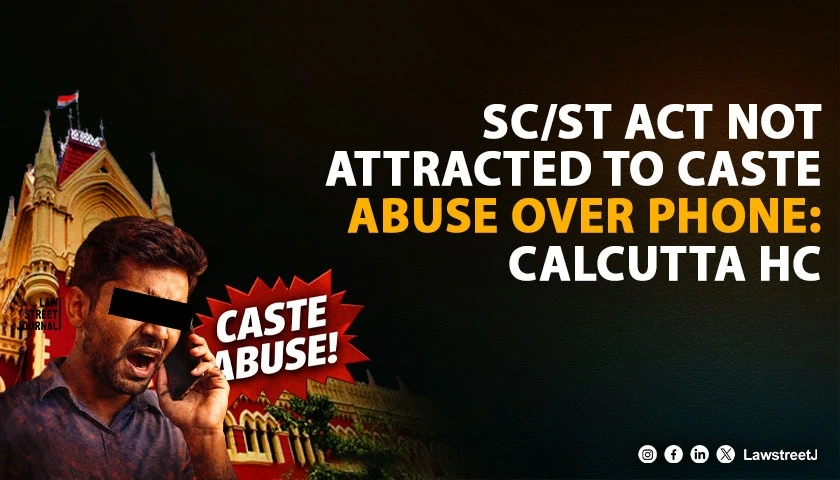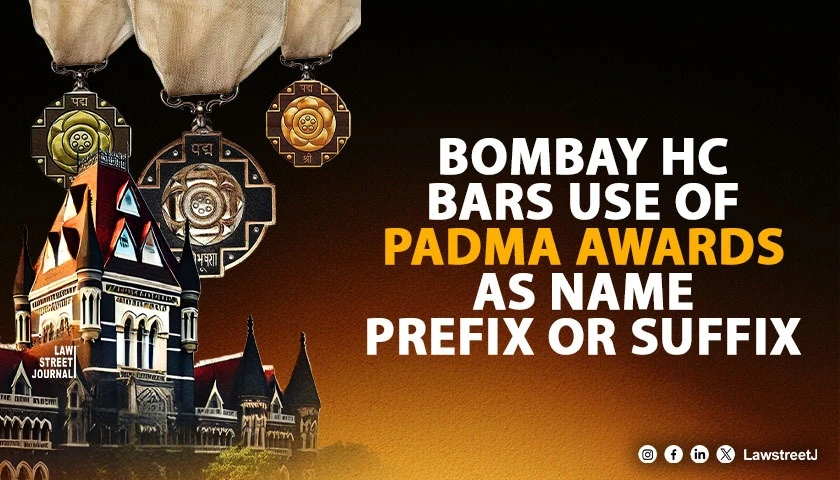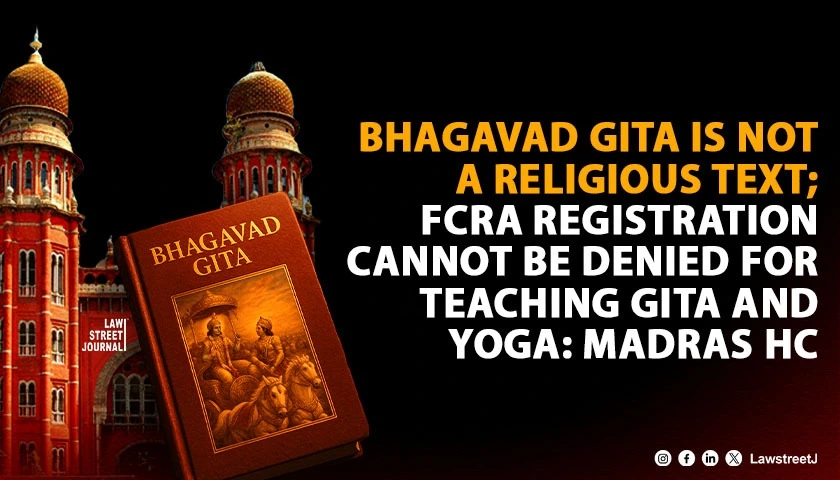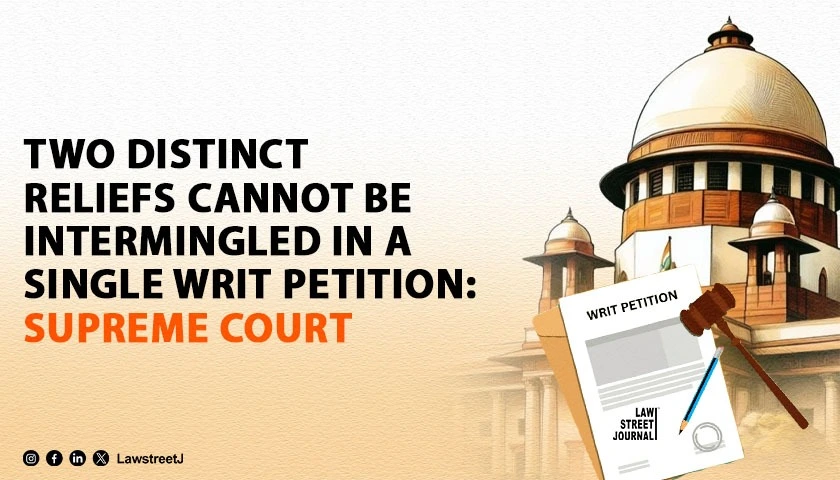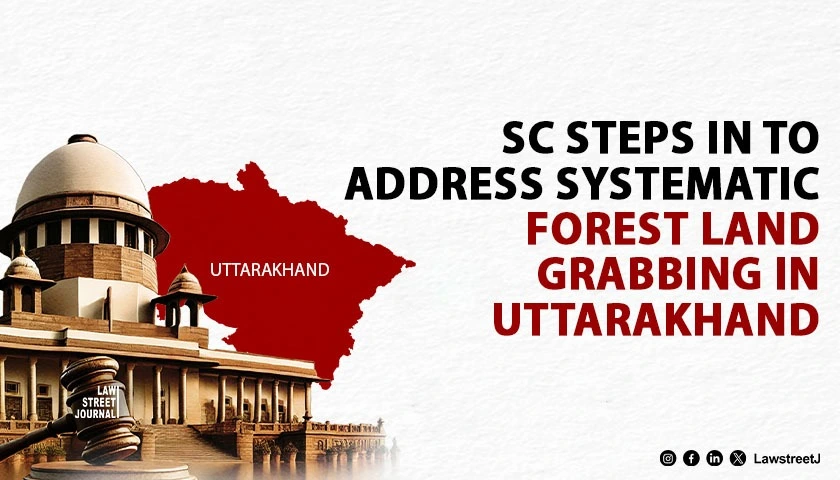The main focus of the Insolvency and Bankruptcy Code, 2016 is to provide the resurrection and resolution of a debtor in a time bound manner for maximization of value of debtors assets. The NCLAT has in Binani Industries Limited vs. Bank of Baroda & Another [1], in a emphatic manner settled two important principles for the insolvency resolution process. One being the aim of the Committee of Creditors has to be towards maximization of the value of debtor and second, the Resolution Plan submitted by the Resolution Applicant cannot discriminate between the different class of creditors inter se. further, the Committee of Creditors while approving the Resolution Plan cannot favour the Resolution Plan which is discriminatory.
1: Facts of the Case:
Appeals were filed before the NCLAT, against an order [2] of the NCLT [3] passed in Corporate Insolvency Resolution Process [4] initiated by Bank of Baroda against Binani Cement Limited [5] under S. 7 of the Insolvency and Bankruptcy Code, 2016 [6]. Mr. Vijaykumar V. Iyer, Resolution Professional [7] had filed an application under S. 30 and 31 of IBC. read with Regulation 39 of the Insolvency and Bankruptcy Board of India (Insolvency Resolution Process for Corporate persons) Regulations, 2016 [8] for approval of the Resolution Plan for the Corporate Debtor. The Resolution Plan Rajputana Properties Private Limited [9] had been approved by the majority in the Committee of Creditors [10] while the revised Resolution Plan submitted by Ultratech Cement Limited [11] was not considered by the CoC.
There were three questions before the AA [12]. First, whether non consideration of revised offer of UCL was in violation of IBC and the Regulations; second, whether there was any discrimination against the unsecured financial creditors vis--vis other financial creditors in the Resolution Plan submitted for the approval and third, whether the RP has ignored and not honoured any of the operational creditors claim.
The grievance of the Appellant was that the AA should have passed positive direction and should have allowed the Appellant to interact with and/or meet the bidders/ Resolution Applicants, Financial Creditors and other stakeholders of the Corporate Debtor from time to time.
1.1: Observations made by the AA:
- Resolution Plan was approved by 99.43% majority, however, 10.53% of the CoC, who were forced to vote [13] in favour of the Resolution Plan had recorded a protest note(s) alleging that they had not been dealt with equitably when compared with other Financial Creditors who were corporate guarantee beneficiaries of the Corporate Debtor [14].
- Regarding first question it answered that the revised Resolution Plan submitted by UCL was not properly considered by the CoC for wrong reasons [15] and non-consideration of it was not legally sustainable and was against objective of maximization of value as provide in IBC.
- The Resolution Plan submitted by RPPL was discriminatory and contrary to the scheme of IBC. Thereby, while rejecting the Resolution Plan, the AA directed the CoC to consider the Resolution Plans submitted by UCL also [16].
2: Decision of the NCLAT:
To decide the issue at end, the NCLAT ventured into the object of IBC, object of Resolution and what is expected from the CoC. Regarding objective of IBC, it held that promotion of resolution over liquidation is aimed and listed down three broad objectives in order [17] as follows [18]:
First, Resolution [19];
Second, maximisation of value of assets of the Corporate Debtor [20];
Third, promotion of entrepreneurship, availability of credit and balancing the interests.
2.1 : Observations about the Financial Creditors and Operational Creditors:
Regarding the role of Financial Creditors as members of the CoC the NCLAT held that, the CoC has to comprise of who have the capability to assess viability, as well as to be willing to modify terms of existing liabilities in negotiations [21]. Here, differentiating Operational Creditors on the aspect of their inability to decide on matters regarding the insolvency of the entity, unwillingness to take the risk of postponing payments for better future prospects for the entity [22], the NCLAT held that it was deemed fit to restrict composition of CoC to only Financial Creditors. The NCLAT further also observed that though not being the part of CoC, negotiation process takes care of liabilities of all the creditors which includes Operation Creditors [23].
Holding that promotion of availability of credit is goal of IBC, and credit availability is ensured by both Financial Creditors and Operation Creditors. Further elaborating of the role of Operational Creditors, it held as follows:
Both kinds of credits need to be on a level playing field. Operational Creditors need to provide goods and services. If they are not treated well or discriminated, they will not provide goods and services on credit. The objective of promoting availability of credit will be defeated.
(emphasis supplied)
The NCLAT further cautioned that it is possible to balance interests of all stakeholders if the resolution maximises the value of assets of the Corporate Debtor [24], but it will be jeopardised if resolution maximises the value for a or a set of stakeholders such as Financial Creditors [25]. In this regard, the NCLAT, further held that the dues of Operational Creditors must get at least similar treatment as compared to the due of Financial Creditors.
2.2: Observations about Resolution Plan in General:
Regarding Resolution Plan, the NCLAT in plain and simple words observed that, the Resolution Plan must resolve insolvency i.e. rescue a failing, but viable business [26] and differentiated it from sale [27], auction [28], recovery [29] and liquidation [30].
2.3: Observations about Resolution Plan submitted by RPPL and UCL:
The Resolution Plan submitted by RPPL had made differentiation between the Financial Creditors based on the Financial Creditors having direct exposure to the Corporate Debtor and those to whom the Corporate Debtor was guarantor. [31] Further, those Financial Creditors to whom the Corporate Debtor was guarantor were further discriminated. [32] Among the Operational Creditors others than workmen, unrelated parties were given only 35% of their verified claim while related parties were not provided with any amount. [33] The RPPL had relying on the Regulation [34] argued that the intent of the legislature is to bind minority Financial Creditors with the decision of the majority Financial Creditors. [35] The NCLAT was quick to nullify this argument by relying on Central Bank of India Vs. Resolution Professional of the Sirpur Paper Mills Ltd. & Ors [36], where the NCLAT had held that Clause (b) and (c) of Regulation 38(1) being inconsistent with the provisions of the IBC, and the legislators having not made any discrimination between the same set of group such as Financial Creditor or Operational Creditor, cant override Legislative scheme.
UCL had submitted its revised plan on March 8, 2018 and the Resolution Plan submitted by RPPL was approved on March 14, 2018. For non-consideration of the revised plan of UCL, the CoC had taken plea that, UCL had submitted it by an e-mail and the offer was not made in accordance with the process document and if it were considered then it would have been be a deviation of the process laid down in the process document [37] by the CoC. [38] Third objection was that the offer was beyond the time as stipulated under the I&B Code.[39] To these arguments, the NCLAT, reiterated that the RP and the CoC are duty bound to ensure the maximization of the value within the time frame prescribed by the IBC, and found that such adherence to duty was lacking in the present case as the CoC had not considered the Resolution Plan of UCL which had taken care of maximization of the assets of the Corporate Debtor and also balanced the claim of all the stakeholders of the Corporate Debtor.[40] Regarding the CoCs emphasis on strict adherence to process document, the NCLAT referring to various clauses of the same document held that, the CoC had the power to amend/modify it. [41] The NCLAT also observed that non-consideration of the Resolution Plan submitted by UCL which was in consonance with S. 30(2) of IBC for the purpose of negotiation and for maximization of the value of the assets [42], had shown non-application of mind by the CoC had had been discriminatory to UCL. It will be apposite to refer to the observations of the NCLAT [43]:
If the Operational Creditors are ignored and provided with liquidation value on the basis of misplaced notion and misreading of Section 30(2)(b) of the I&B Code, then in such case no creditor will supply the goods or render services on credit to any Corporate Debtor. All those who will supply goods and provide services, will ask for advance payment for such supply of goods or to render services which will be against the basic principle of the I&B Code and will also affect the Indian economy. Therefore, it is necessary to balance the Financial Creditors and the Operational Creditors while emphasizing on maximization of the assets of the Corporate Debtor. Any Resolution Plan if shown to be discriminatory against one or other Financial Creditor or the Operational Creditor, such plan can be held to be against the provisions of the I&B Code.
(emphasis supplied)
Disposing of the appeal, the NCLAT approved the revised resolution plan submitted by UCL which was held to be binding on the Corporate Debtor and its employees, members, Creditors, guarantors and other stakeholders involved in the Resolution Plan. [44]
3: Appeal to the Supreme Court:
The Appeal [45] preferred by RPPL was dismissed by the SC observing that there was no infirmity in the judgement of the NCLAT. Further review petition [46] was also dismissed by the SC wide order dated January 08, 2019. Hence, the judgement of the NCLAT has attained finality for the time being.
4: Analysis:
Though the NCLAT has held that, the dues of the Operation Creditors should get at least similar treatment as compared to the dues of the Financial Creditors, it will not be applicable to all cases as a straight jacket formula. This is so, as findings of the NCLAT were specific to the facts of the case at hand where a competing resolution applicant (UCL) had offered 100% payment to the operational and financial creditors as against the CoC-approved resolution applicant (RPPL) who had discriminated against the operational and unsecured creditors.
If we look at the long title of IBC which provides that the insolvency process shall provide for balance of interests of all stakeholders, it can be deduced that so long as a Resolution Plan balances the interests of all the stakeholders, which may or may not include equal or similar treatment of dues of the financial and operational creditors, the same cannot bad in law.
5: Conclusion:
The decision of NCLAT in the present case will certainly prove to be a milestone and it will set a precedence for the cases that might come up in the future under IBC. The two principles which will be torchbearer for the insolvency resolution process as laid down in this judgement will be (1) maximization of value and (2) no discrimination between the creditors.
Author: Parth Thummar
2nd year LL.B. (Hons) student at Rajiv Gandhi School of Intellectual Property Law, IIT Kharagpur.
[1] Company Appeal (AT) (Insolvency) No. 82, 123, 188, 216 and 234 of 2018, reported in [2018] 147 CLA 320.
[2] Bank of Baroda and Ors. Vs. Vijaykumar V. Iyer, C.A.(IB) No. 201/KB/18, C.A.(IB) No. 234/KB/18, C.A.(IB) No. 245/KB/18, C.A.(IB) No. 210/KB/18, C.A.(IB) No. 227/KB/18, C.A.(IB) No. 233/KB/18, C.A.(IB) No. 223/KB/18, C.A.(IB) No. 249/KB/18, Int. App.(IB) No. 248/KB/18, Int. App.(IB) No. 343/KB/18, Int. App.(IB) No. 344/KB/18 and C.A.(IB) No. 246/KB/18 in C.P.(IB) No. 359/KB/2017 decided on 02.05.2018.
[3] Hereinafter, AA
[4] C.P.(IB) No. 359/KB/2017.
[5] Hereinafter, the Corporate Debtor. The Binani Cement Limited is a flagship subsidiary of the Appellant- Binani Industries Limited
[6] Hereinafter, IBC
[7] Hereinafter, RP.
[8] Hereinafter, the Regulation.
[9] Hereinafter, RPPL.
[10] Hereinafter, CoC.
[11] Hereinafter, UCL.
[12] Supra note 1 at Para 34.
[13] There were forced to vote as RPPL had in its plan made it clear that those who will not vote in favour of its Resolution Plan will be paid liquidation value.
[14] [2018] 147 CLA 320 at Para 13.
[15] Id at Para 14.
[16] Id at Para 15.
[17]The NCLAT went to an extent of calling this order as sacrosanct.
[18] Supra note 13 at Para 17.
[19]See, Arcelor Mittal India Pvt. Ltd. v. Satish Kumar Gupta and Ors. (2019) 2 SCC 1.
[20] This is so as aim is not maximisation of value for a stakeholder or a set of stakeholders such as Creditors. Maximisation of value for all creditors is implicit in maximization of value of assets of the Corporate Debtor.
[21]In this regard, the NCLAT referred to the Bankruptcy Law Reforms Committee (BLRC), which has conceptualised IBC. See, Para 5.3.1, sub-para 4 of the Report of BLRC.
[22] This is so, as Financial Creditors can take haircut and can take their dues in future, while Operational Creditors need to be paid immediately.
[23]See, the Bankruptcy Law Reforms Committee (BLRC) report atPara 3.4.2.
[24]This balance of interest is necessary as, if one type of credit is given preferential treatment, the other type of credit will disappear from market.
[25] Supra note 13 at Para 17, Sub-Para 2(3)(c).
[26] Supra note 13 at Para 17, Sub-Para 3.
[27] Resolution Plan is not sale as if it were sale, there is no need of planning resolution at all. If it were sale, simply by putting Corporate Debtor on trading platform, one can get the highest price.
[28] As each Resolution Plan has a different likelihood of turnaround depending on credibility and track record of Resolution Applicant and feasibility and viability of a Resolution Plan are not amenable to bidding or auction.
[29] Recovery is an individual effort by a creditor to recover its dues through a process that has debtor and creditor on opposite sides. While, recovery bleeds the Corporate Debtor to death, resolution endeavours to keep the Corporate Debtor alive.
[30] Liquidation is allowed only on failure of Corporate Insolvency Resolution Process.
[31] Supra note 13 at Para 19.
[32] Supra note 13 at Para 19. Few of the Financial Creditors were given hair cut of 27.31 and 90 %.
[33] Supra note 13 at Para 22.
[34] Regulation 38. Mandatory contents of the resolution plan.
(1) A resolution plan shall identify specific sources of funds that will be used to pay the
(a) insolvency resolution process costs and provide that the insolvency resolution process costs will be paid in priority to any other creditor;
(b) liquidation value due to operational creditors and provide for such payment in priority to any financial creditor which shall in any event be made before the expiry of thirty days after the approval of a resolution plan by the Adjudicating Authority; and
(c) liquidation value due to dissenting financial creditors and provide that such payment is made before any recoveries are made by the financial creditors who voted in favour of the resolution plan.
(emphasis supplied)
[35] Supra note 13 at Para 26.
[36] Company Appeal (AT) (Insolvency) No. 526 of 2018. Following this judgement, IBBI had amended/repealed the Regulation 38 having found it to be discriminatory.
[37] Process document stipulates general and qualitative parameters for the evaluation of the Resolution Plan.
[38] Supra note 13 at Para 31.
[39] Ibid.
[40] Supra note 13 at Para 33.
[41] Supra note 13 at Para 37.
[42] The Revised plan submitted by UCL had provision for infusion of some amount of working capital and all the Creditors were to be paid 100% dues except the related parties. The revised offer of UCL was Rs. 2,427 Crores as against the offer of RPPL which was Rs. 2,224 Crores. Thereby there was a gap of Rs. 203.1 Crores.
[43] Supra note 13 at Para 48.
[44] Supra note 13 at Para 73.
[45] Civil Appeal No. 10998 OF 2018 decided on December 19, 2018.
[46] Review Petition (C) NO. 3911 OF 2018 in Civil Appeal NO. 10998 OF 2018.

